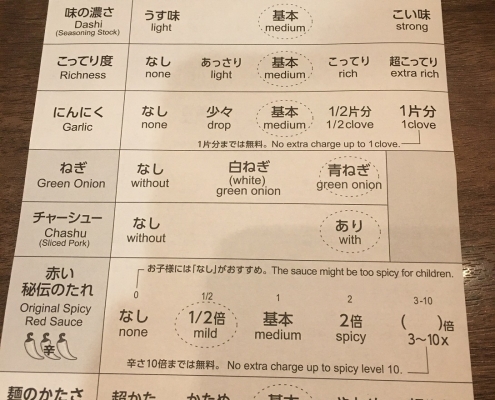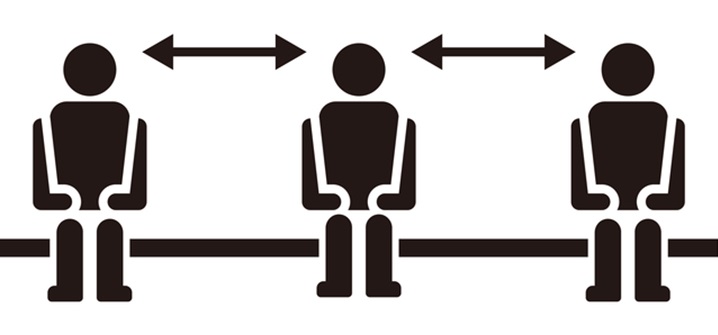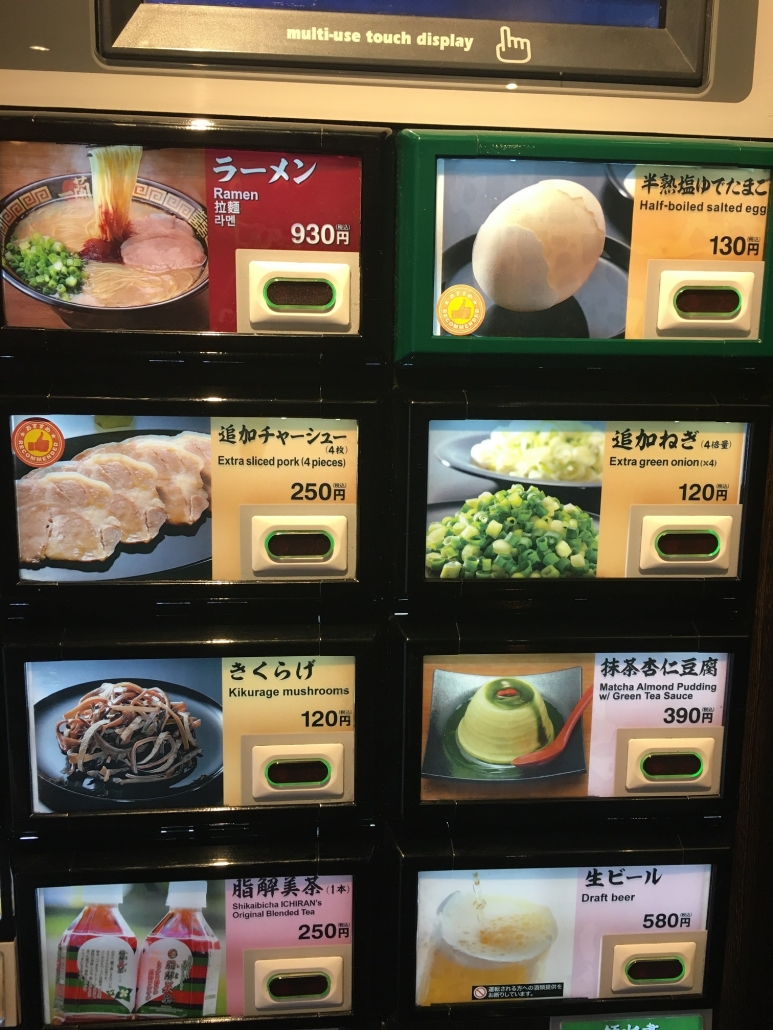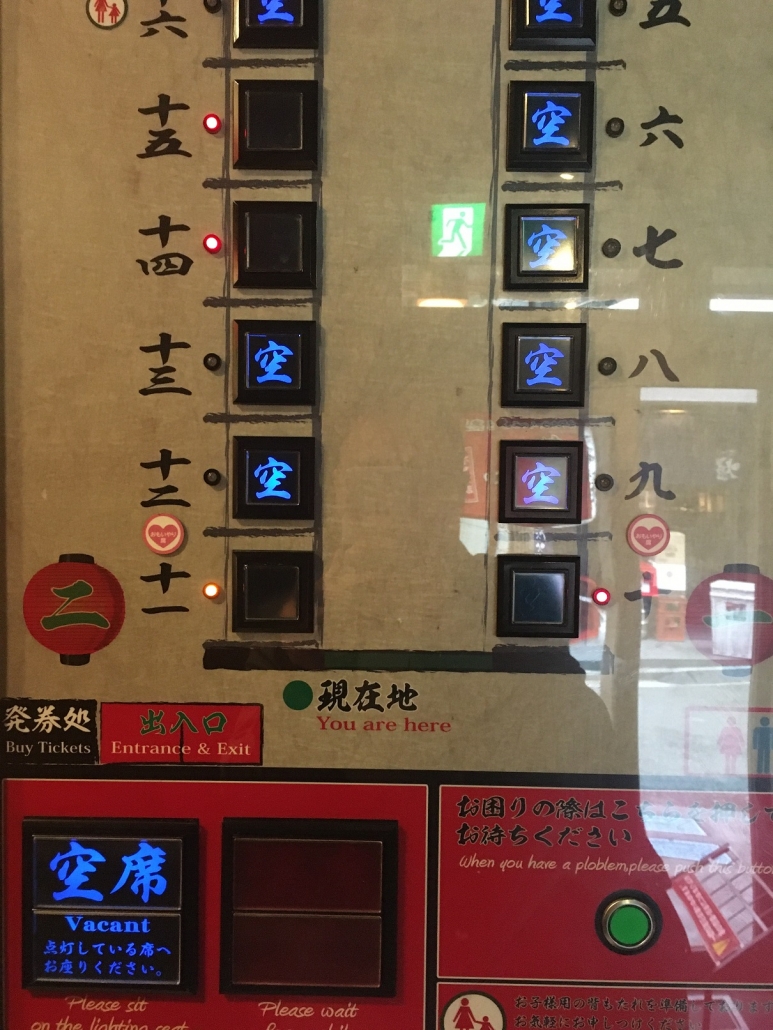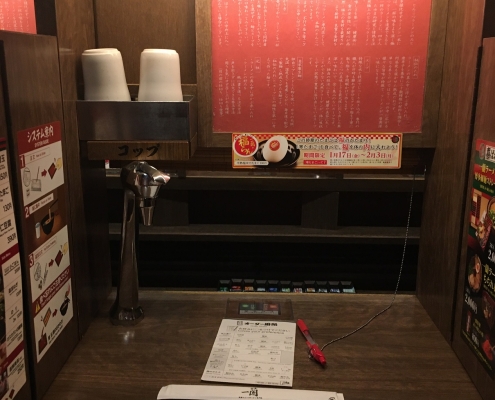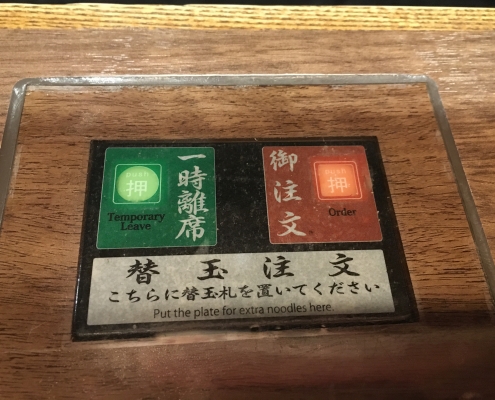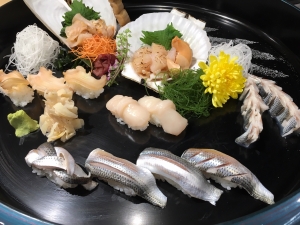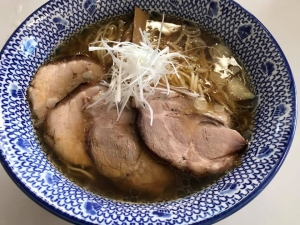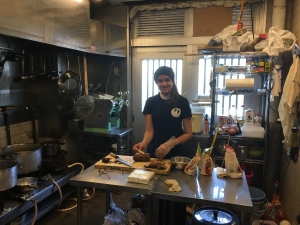Contact-FREE Dining! Why the Ramen Shop “Ichiran” are Getting so Much Attention Now?
June 20th 2020 Updated
Since March, restaurants have been empty due to “corona shock”, but happily, since the state of emergency was lifted, little by little people have been showing up again in Japan.
However, there’s a great deal of confusion over how to operate a business, especially among people working in the food and beverage industry facing the new rules created to lessen transmission of the disease, which involve limiting contact between staff and customers and other customers etc.
In the middle of all this, one tonkotsu ramen restaurant “Ichiran” has been getting a lot of attention. Since the 1990’s, this restaurant has been gaining popularity with its unique method of operations that reduces interaction between customers and staff in its shops.
Although the purpose was originally to focus purely on eating, there is much that can be learned in regards to preventing the spread of coronavirus.
Contents
What Makes Ichiran So Special?
This tonkotsu ramen shop is very popular, with 84 shops across Japan.
Anyone who has been to Ichiran knows why it’s so popular, the combination of delicious tonkotsu ramen, your own “Ramen Focus Booth”, and the “Written Ordering System” which means there’s no need to speak to the staff.
Due to this unique system, Ichiran is now getting a lot of attention and sales have steadily grown over the past 20 years, currently up to 28.8 billion JPY (Approximately 270 million USD), as can be seen in the graph below.
Source: The official website of Ichiran
The founder of Ichiran invented this system based on the realization that ramen is best eaten alone in about 10 minutes, without distractions. He carefully researched and found that people enjoyed the flavor of the ramen better when they were not interrupted by talk and not being watched by other people.
Although the concept is that you can enjoy ramen to the fullest when you don’t have to interact with other people, a kind of side effect is that with so little contact with other people the risk of contracting coronavirus drops dramatically.
This means that in the food and beverage industry, this is a shop where customers can eat with peace of mind in the post-corona era.
How to Order at Ichiran?
1. Buy a Ticket
First, you select the food you want and pay at the ticket machine.
All the ramen, toppings, side dishes etc. are purchased at this ticket machine so there is no interaction with staff.
The ramen costs 930 JPY (approx. 8.5USD).
2. Check if a Seat is Available
After buying your food ticket, you can check the display for seating, and go to sit down in a vacant spot.
In a usual restaurant, you will be met at the door by a staff member, asked how many people, and guided to your seat.
But in Ichiran, there is no contact with staff whatsoever. You just check for an empty seat and go sit down.
3. Order
Each seat is partitioned off from the neighboring customers, you can’t talk with, nor see the faces of the customers beside you.
Each seat is partitioned off from the neighboring customers, you can’t talk with, nor see the faces of the customers beside you.
You circle your preferences (see the following) on the order sheet and place the ticket you purchased along with it.
Dashi (Seasoning Stock)
Richness
Garlic
Green Onion
Chashu (Sliced Pork)
Original Spicy Red Sauce
Noodle Texture
When you are done, you push the order button, which will chime, and the curtain in front will open and the staff will come. You can’t see their face, just their upper body below the neck.
They will take the order sheet and meal ticket and the curtain will close again.
4. The Ramen Arrives
The ramen will arrive in about 5 minutes. Although it’s a 100% natural soup extracted from pork bones, because its cooked over time and the scum is gradually removed, there is no unpleasant odor that you sometimes find in tonkotsu.
The red sauce that is placed in the middle of the soup is made from red pepper and Ichiran’s unique blend of over 30 other ingredients aged over many days. As it diffuses with the soup and noodles, the different umami flavors spread through your mouth creating a profoundly delicious ramen experience.
From the time you enter the shop until the time you leave, a period of maybe 20 or 30 minutes, there is no interaction with other customer or staff, with meals eaten separately at each booth. Therefore, the risk of transmitting coronavirus should be quite low.
From all this, you can see that Ichiran is a very unique shop, and how Ichiran’s way of operating could be very useful after the coronavirus restrictions are lifted.
Now, I’d like to explain why Ichiran is so great from a business perspective.
40 Million JPY (Approx. 375,000USD) / Month in Sales for the Leading Shop!?
I wrote earlier that the sales for all 84 shops was 28.8 billion JPY (Approximately 270 million USD), but this also includes online shopping sales. Looking into sales for individual shops, I found on online food media website that the Ueno Shop is the most successful. The data is a little old, but in 2010, weekdays averaged approx. 1,400 people / day and weekends and holidays averaged approx. 1,700 people / day.
Assuming that the price per customer at that time was 900 JPY (Approx. 8.1USD), and that the shop was open 30 days / month, would mean 45,000 visitors, which equals monthly sales at approx. 40 million JPY (Approx. 375,000USD) / month for that one store. These numbers are amazing.
Of course, not all shops can attract so many customers, but it’s no wonder that really successful stores do so well.
Ichiran’s Profit Ratio of 14.7% is the Highest Among Major Restaurants in Japan
According to Nikkei MJ’s “Japanese Food and Beverage Industry Survey #44” in 2017, Ichiran had the highest profits to sales ratio among major Japanese restaurants at 14.7%.
Even the Japanese leading gyudon beef rice bowl shop, Yoshinoya, has a ratio of only 3%, and other successful restaurants run around 3-5% making this 14.7% an incredible number.
A Job Anyone Can Do
When it comes to restaurants, having staff that the customers like is usually very important. People become regular customers in part because of having a comfortable relationship with the people working in the restaurant, but the system employed by Ichiran reverses all that. I have gone to Ichiran dozens of times, but I’ve never seen the face of any staff member.
I have no idea who works there, but the store brand is reliable and regular customers are created by delicious food that doesn’t change and a service style that doesn’t change.
As a manager, all you have to think about is whether a staff member can do the job according to the manual. With no human contact you don’t need to worry about personable staff. Before corona-shock, Japanese restaurants were suffering a labor shortage and initial hiring costs averaged at 50,000 to 70,000 JPY (approx. 470 to 650USD) for one part-time worker.
If they quit in a month, it would again cost 50,000 to 70,000 JPY (approx. 470 to 650USD) to hire another part-time worker.
In the future, as the customers return, Japanese restaurants will again suffer from a shortage of manpower, but adopting a system like Ichiran will mean that you can hire anyone regardless of age or gender.
Not to mention, some Japanese restaurants are hesitant to welcome foreign customers because of the language difficulties, but at Ichiran, it doesn’t matter because anyone can order using the order sheets without needing to speak.
Eating Alone, Enjoyable and Safe
Ichiran started as a shop with a unique concept of “Enjoying hot tonkotsu ramen to the maximum without distractions”, now, however, the era of coronavirus has brought new attention to the strength of an operation that limits human contact.
In addition to their usual way of operating, they have also published on their website the control measure they are taking to ensure customers can visit their shops with full confidence amid all the corona confusion.
Next time you come to Japan, be sure to enjoy the uniquely enjoyable and very safe experience of eating alone at Ichiran. Besides Japan, they also have shops in New York, Taipei and Hong Kong. (Some stores have different business hours, so please check the website for details.)
We can learn a lot from Ichiran when thinking about how to run our businesses in the post-corona era.
What would you like to know more?

Tokyo Sushi Academy
The first and the most popular sushi school in the world.
Japan Culinary Institute
Japanese culinary training including sushi, kaiseki, yakitori, wagashi and more.
Miyajima Ramen School
More than 1,000 graduates from over 50 countries.
International Ramen School
Ramen study program combined with OJT



